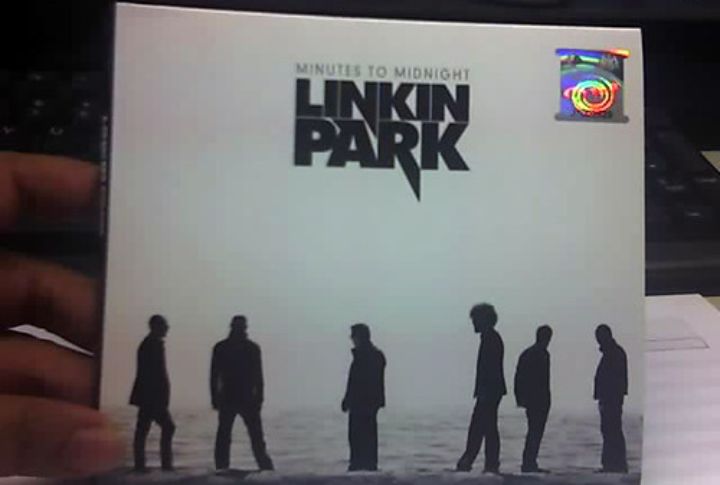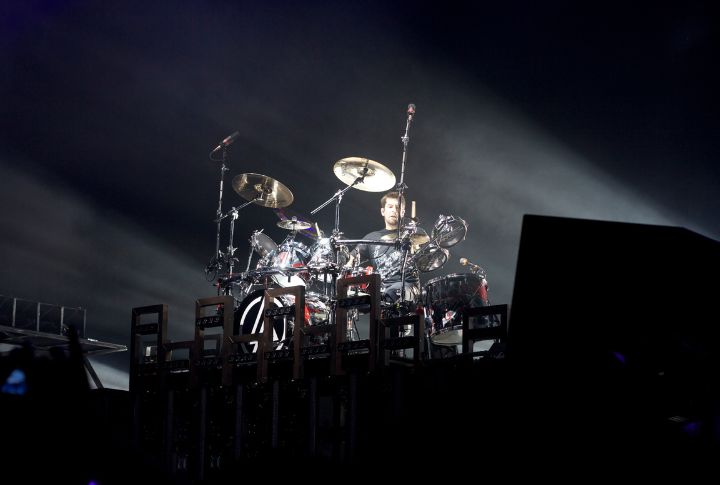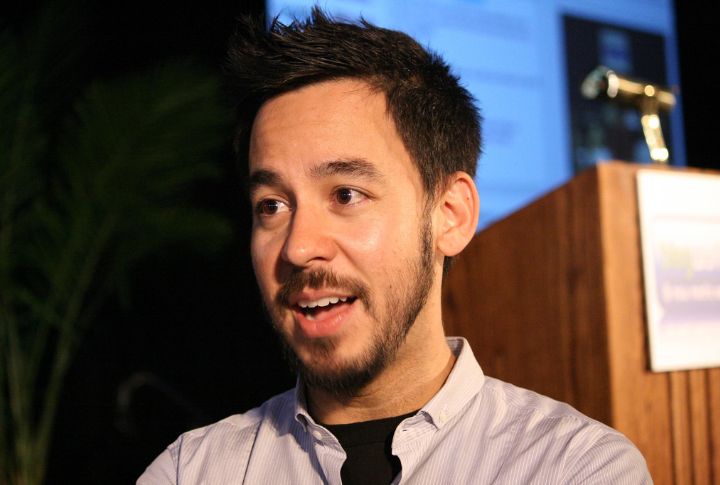
Linkin Park shaped the sound of an entire generation, creating music that resonated deeply with millions. Their rise to prominence in the 2000s wasn’t just about hit records—it was a cultural phenomenon. Fans worldwide felt the energy, emotion, and raw talent that defined their work. As the band hints at a possible return, it’s the perfect time to reflect on how they captured the essence of a decade.
A New Band With a Unique Sound

In Agoura Hills, California, high school friends—Mike Shinoda, Brad Delson, and Rob Bourdon—joined forces with Joe Hahn, Dave Farrell, and Mark Wakefield to form what would eventually become Linkin Park. Despite their talent, the band struggled to land a record deal. In 1999, Chester Bennington joined as the lead vocalist, bringing a fresh dynamic that finally attracted the attention of Warner Bros. Records.
Creating “Hybrid Theory”

With Bennington on board, the band initially changed its name to Hybrid Theory, reflecting its genre-blending sound. In 1999, they recorded a self-titled EP, hoping to capture the interest of major labels. Their efforts paid off when Warner Bros. signed them, leading to the production of their debut album, which they ultimately named “Hybrid Theory.”
Breaking Records with “Hybrid Theory”

When “Hybrid Theory” dropped in 2000, it wasn’t just another debut album. Featuring tracks like “One Step Closer,” “In the End,” and “Crawling,” the album became an instant success. Certified gold within five weeks, it became the best-selling record of the year, solidifying Linkin Park’s place in the music industry.
Remixing Success With “Reanimation”

While on an extensive tour, Linkin Park reunited with Dave Farrell and released “Reanimation” in 2002. The album featured remixed versions of “Hybrid Theory” tracks and reached the second spot on the Billboard 200, moving close to selling 300,000 copies during its first week. It showed the band’s willingness to innovate and keep their sound fresh.
Topping Charts With “Meteora”

Despite a grueling tour schedule, Linkin Park found time to record “Meteora,” which topped charts worldwide upon its 2003 release. Singles like “Numb,” “Faint,” and “Somewhere I Belong” received heavy airplay, making the album another commercial success. A world tour, live DVD/album, and MTV awards soon followed.
Collaboration That Changed the Game

Linkin Park’s openness to collaborations set them apart. In 2004, they teamed up with Jay-Z for “Collision Course,” a groundbreaking mix of rap and rock. Shinoda’s ability to blend his beats with Jay-Z’s flow was a highlight, showing the band’s versatility. This collaboration expanded their fanbase and broke genre barriers.
Experimenting With “Minutes to Midnight”

2007 marked a turning point with “Minutes to Midnight.” Deciding to explore new musical territories, the band took risks. Bennington and Shinoda led the way, crafting more reflective and mature songs. Tracks like “What I’ve Done” displayed a different side of the band, and fans appreciated this transition.
Impact of “A Thousand Suns”

Linkin Park’s 2010 album “A Thousand Suns” was an ambitious departure from their earlier work. It was a concept album that blended electronic music with rock and tackled themes of war and peace. Once again, Bennington and Shinoda demonstrated their range as vocalists and lyricists, pushing the band into new creative territory.
Balancing Old and New With “Living Things”

By 2012, the band sought to merge the experimental sounds of “A Thousand Suns” with the raw energy of their earlier work. “Living Things” resulted in a successful fusion of old and new. Hahn’s electronic influences shone through, while Bennington and Shinoda maintained the vocal intensity that fans loved.
A Return to Form With “The Hunting Party”

“The Hunting Party” in 2014 returned to the band’s roots, delivering a heavier, more aggressive sound that showcased Linkin Park’s raw energy. The band, led by Delson’s guitar and Bourdon’s drums, delivered a powerful, raw album. Bennington’s vocals roared with intensity, proving that the band could still rock hard even after years of experimentation.
Exploring New Horizons With “One More Light”

In 2017, Linkin Park released “One More Light,” marking another shift in their musical journey. This time, they leaned further into pop and electronic influences. While the album divided some fans, Bennington’s emotional depth on tracks like “Heavy” highlighted the band’s willingness to explore new directions. Six months later, the band would realize that this album could be their last together.
Tragedy Strikes in 2017

July 2017 marked a devastating moment for Linkin Park and its fans. Chester Bennington, the band’s soulful voice and emotional core, unexpectedly passed away. His death left an irreplaceable void, profoundly affecting the band and its music. Supporters worldwide grieved the loss of an artist whose music had deeply influenced many lives.
Impact of Loss and the Indefinite Hiatus

Chester Bennington’s tragic death in 2017 profoundly impacted Linkin Park, leading to an indefinite hiatus. During the next six years, the band members pursued personal projects. Mike Shinoda brought out his first solo album, “Post Traumatic,” in 2018, reflecting on his feelings after Bennington’s death. The band’s future remained uncertain for years, with fans questioning their revival.
A Band That Defined an Era

Linkin Park’s journey wasn’t just about making music; it was about capturing the spirit of a generation. The band’s members each contributed something unique—Shinoda’s raps, Bennington’s vocals, Hahn’s DJ skills, Delson’s guitar, and Bourdon’s drumming. Together, they shaped the sound of the 2000s and left an indelible mark on the music industry.
The Anticipated Comeback

As the countdown on their website ticks down, long-time admirers are filled with anticipation for what’s to come. The band’s rumored return in 2025 is more than just a comeback; it’s a continuation of a story that started over two decades ago. Linkin Park’s progression from the 2000s to today proves why they became—and remain—a global phenomenon.

Comments
Loading…